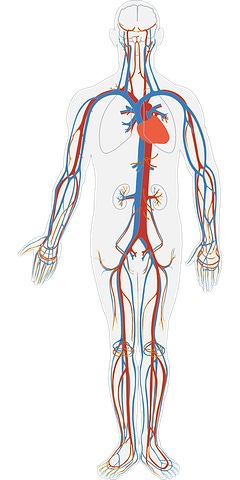The imaging process was developed by a team of researchers from Northwestern University and could help lead to the early diagnosis of disease.
January 28, 2019

A research team from Northwestern University team has developed a new tool that can image blood flow through capillaries. The 3D imaging process, called spectral contrast optical coherence tomography angiography (SC-OCTA), can help lead to the early diagnosis of disease.
Research regarding the imaging technique was recently published in the journal Light: Science and Applications.
"There has been a progressive push to image smaller and smaller blood vessels and provide more comprehensive, functional information," Vadim Backman, the Walter Dill Scott Professor of Biomedical Engineering in Northwestern's McCormick School of Engineering, said in a release. "Now we can see even the smallest capillaries and measure blood flow, oxygenation and metabolic rate."
The team said the imaging technique works by combining spectroscopy, which looks at the various visible light wavelengths, or color spectra, with conventional optical coherence tomography (OCT), which is similar to ultrasound except uses light waves instead of sound waves. Like a radar, OCT pinpoints the tissue of interest, and then spectroscopy characterizes it.
However, the researchers said the new imaging technique’s only limitation is that it cannot image deeper than 1 millimeter. This might seem shallow compared to ultrasound, which can see several centimeters below the surface. The team said this can be remedied by putting the tool on the end of an endoscopic probe. By inserting it into the body, the tool can image organs up-close. That is something the research team said it was working on.
About the Author(s)
You May Also Like


